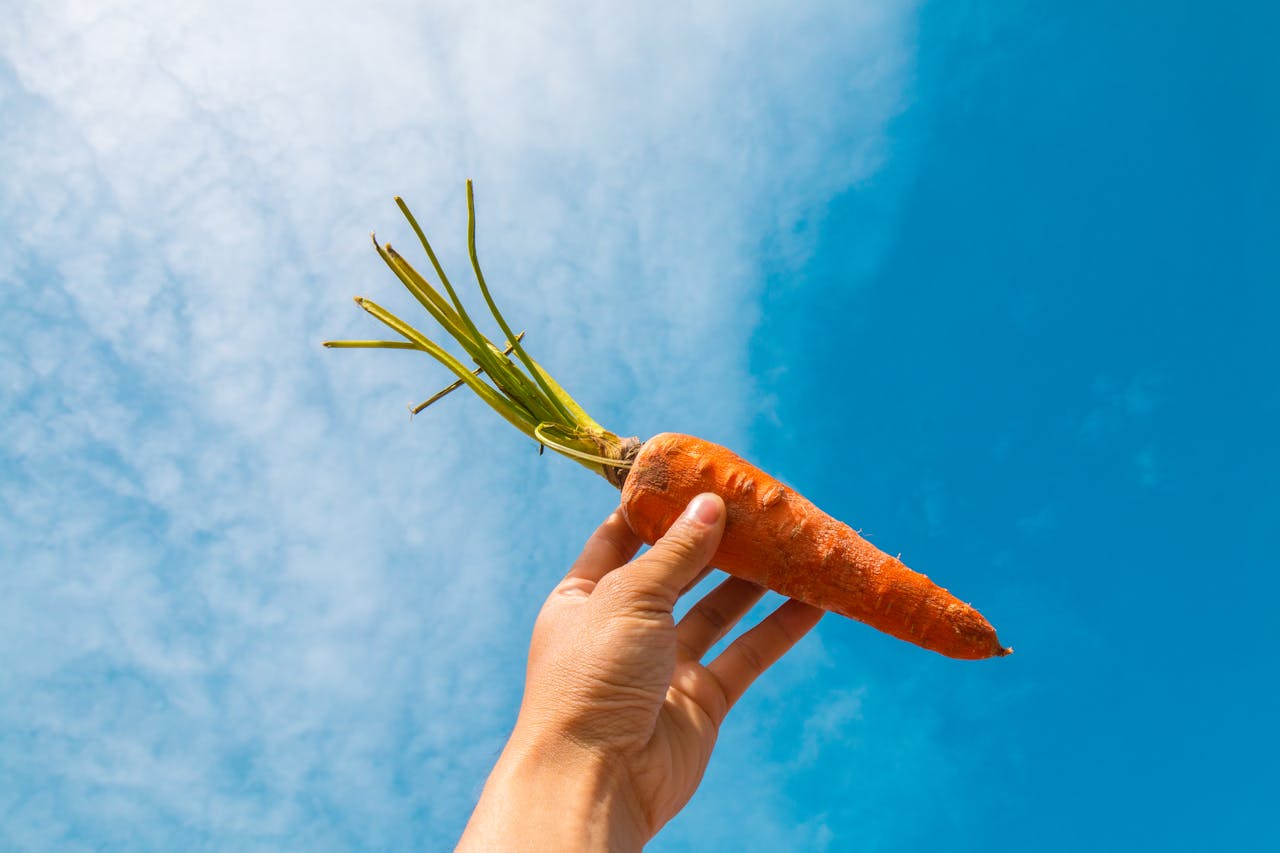When it comes to selecting the best juicer for your kitchen, several factors need to be considered to ensure you find a model that meets your needs and preferences. Here’s a detailed guide to help you make an informed decision.
Types of Juicers
There are several types of juicers available, each with its own set of advantages and disadvantages.
Centrifugal Juicers
These juicers use high-speed spinning to extract juice by throwing the fruit and vegetables against a screen. They are fast, efficient, and often more affordable than other types. However, they can generate heat, which may affect the nutritional value of the juice, and they may not handle leafy greens as well as other types[2][3].
Masticating Juicers
Also known as slow juicers, these use a slow-turning screw to push the produce against a metal screen, extracting juice through force. They are better at handling leafy greens and produce higher-quality juice with minimal froth and waste. Masticating juicers are generally quieter and more expensive than centrifugal juicers[2][5].
Twin Gear Juicers
Similar to masticating juicers, twin gear juicers use two interlocking gears to crush the produce. They are highly efficient but can be very expensive and require more effort to clean[2].
Juice Press
This type involves a two-stage process where the produce is first ground into a press bag, and then pressure is applied to extract the juice. Juice presses are the most expensive option but produce the highest quality juice with minimal oxidation[2].
Key Features to Consider
Parts and Ease of Cleaning
Look for a juicer with as few parts as possible that fit together and dismantle easily. Parts should be easy to clean, with no corners or crevices to trap food and bacteria. Many modern juicers have dishwasher-safe parts, which can significantly simplify the cleaning process[3].
Size and Space
Consider the space available in your kitchen. Vertical-type slow juicers are often narrower and take up less space than centrifugal juicers. Ensure the juicer is not too heavy, as you will need to move it around occasionally[3].
Chute Size
A large chute is beneficial as it allows you to feed in larger pieces of fruit and vegetables without needing to cut them into smaller pieces. An excellent chute size should be able to accommodate an average-sized apple[3].
Pulp Container
The pulp container should be large enough so you don’t have to stop the machine frequently to empty it. For example, the Breville Juice Fountain Cold has a pulp container that can hold nearly a gallon, allowing for multiple juicing sessions between cleanings[1].
Juice Jug
Opt for a juicer with a large juice jug that can hold at least 1000ml of juice. The jug should have a comfortable handle and a good pouring spout. Some juicers come with froth separators or sieves, which can enhance the quality of the juice[3].
Additional Features
Some juicers come with smoothie attachments, which are great for processing soft fruits like bananas, peaches, and berries. Cleaning brushes can be handy for cleaning around the blade area and filters. Cord storage and easy-to-reach control switches are also convenient features to look for[3].
Top Recommendations
Breville Juice Fountain Cold
This centrifugal juicer is known for its large capacity, fast and powerful operation, and extra-wide feed chute. It features Breville’s “Cold Spin Technology” to minimize heat generation during juicing. However, it struggles with leafy greens[1].
Breville Juice Fountain Elite
This is Breville’s top-end model, offering the most power and fastest juicing. It has a 1,000-watt motor and a wide chute that can handle whole apples and other large produce. However, it is expensive and may experience some leaking at high speeds[1].
Omega J8006HDS Nutrition Center Juicer
This masticating juicer is highly praised for its dual extraction process, producing high-quality, fresh-tasting juice with minimal froth and waste. It is ideal for those who prioritize nutritional value and are willing to invest in a higher-quality juicer[1].
Chef’n FreshForce Citrus Juicer
For those who primarily juice citrus fruits, the Chef’n FreshForce Citrus Juicer is a lightweight, manual, and easy-to-store option. It features a dual-gear mechanism that maximizes juice extraction without requiring extra effort[1].
Most Important Facts About Choosing the Best Juicer
- Types of Juicers: Centrifugal, masticating, twin gear, and juice press each have unique benefits and drawbacks. Choose based on your needs for speed, quality, and budget[2].
- Ease of Cleaning: Look for juicers with few parts and dishwasher-safe components to simplify cleaning[3].
- Size and Space: Consider the space in your kitchen and the weight of the juicer to ensure it fits comfortably and is easy to move[3].
- Chute Size: A large chute can handle larger pieces of produce, reducing prep time[3].
- Pulp and Juice Containers: Ensure the pulp container is large enough to minimize interruptions, and the juice jug is at least 1000ml to handle a decent amount of juice[1][3].
- Additional Features: Smoothie attachments, cleaning brushes, cord storage, and easy-to-reach controls can enhance the user experience[3].
- Performance: Centrifugal juicers are fast but may not handle leafy greens well, while masticating juicers produce higher-quality juice but are generally slower and more expensive[1][5].
By considering these factors and features, you can select a juicer that aligns with your juicing needs, kitchen space, and budget, ensuring you get the best possible performance and quality from your juicer.



